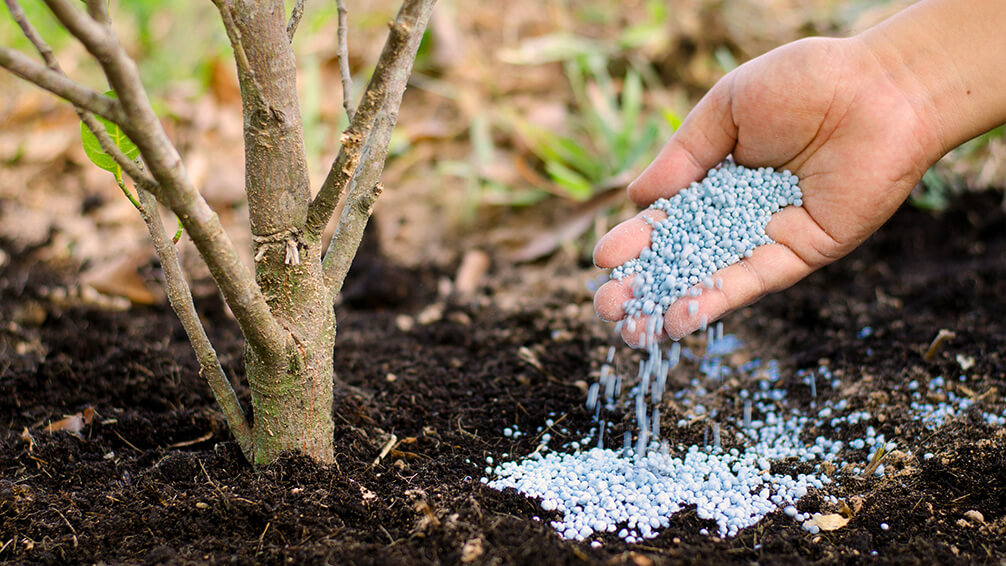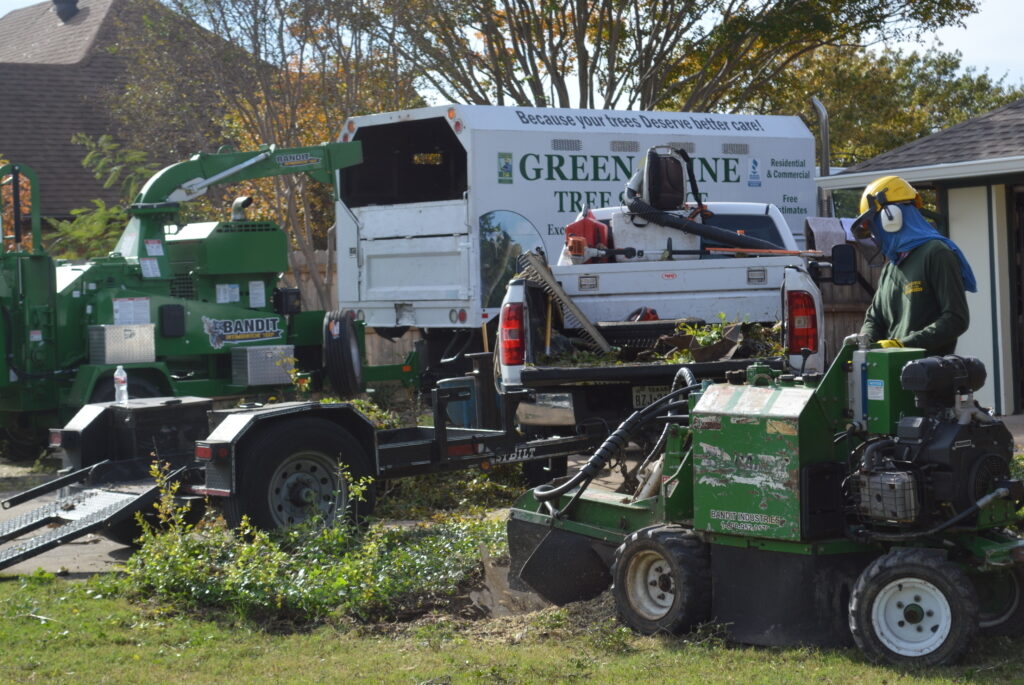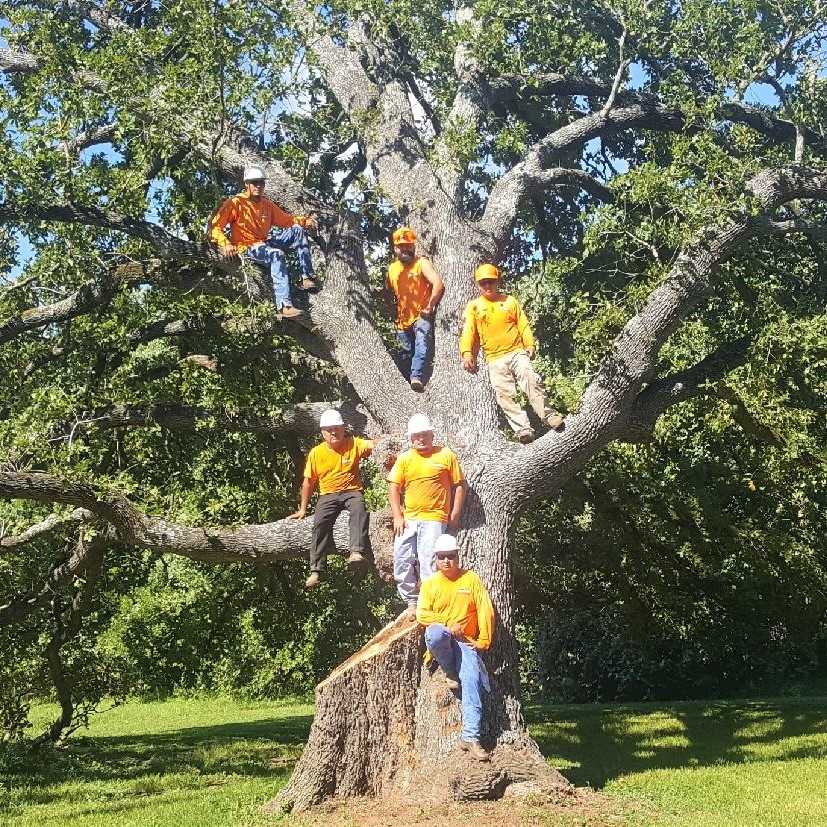Tree Fertilization Methods
Introduction
Tree fertilization is a crucial aspect of tree care that often gets overlooked. Just like any other plant, trees need a balanced supply of nutrients to thrive. Whether you’re nurturing a young sapling or maintaining a mature tree, understanding the right fertilization methods can make all the difference in their health and longevity.
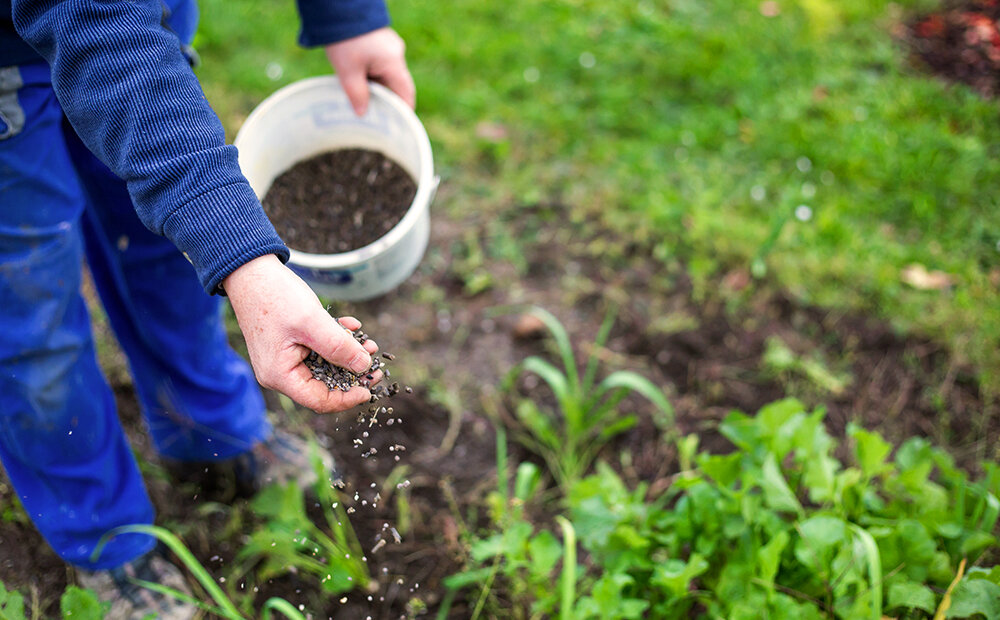
Understanding Soil Composition
The Role of Soil in Tree Health
The foundation of any successful fertilization plan starts with the soil. Soil provides the necessary nutrients, water, and air that trees need to grow. Different soils have varying compositions of sand, silt, clay, and organic matter, all of which affect how well they can support tree growth.
How to Test Soil Composition
Before you start fertilizing, it’s essential to know what your soil lacks or has in abundance. A soil test can give you a clear picture of its pH level and nutrient content. Most local agricultural extensions or garden centers offer soil testing services, or you can use a DIY kit for a basic assessment.
Types of Fertilizers
Organic Fertilizers
Natural sources such as compost, manure, and bone meal are used to create organic fertilizers. They release nutrients slowly as they break down, improving soil structure and boosting microbial activity.
Inorganic Fertilizers
Inorganic, or synthetic, fertilizers are chemically manufactured and provide immediate nutrients to trees. They are usually more concentrated and can offer quick results, but they don’t improve soil health like organic options do.
Slow-Release vs. Quick-Release Fertilizers
Slow-release fertilizers gradually release nutrients, ensuring a consistent supply over time and minimizing the risk of over-fertilization.. Quick-release fertilizers, on the other hand, deliver nutrients rapidly but may need to be applied more frequently.
When to Fertilize Trees
Seasonal Considerations
The best time to fertilize trees depends on their growth cycle. Generally, late fall or early spring is ideal because it aligns with the tree’s natural nutrient uptake. However, certain trees may benefit from additional fertilization during the growing season.
Signs Your Tree Needs Fertilization
Look out for yellowing leaves, stunted growth, or poor flowering. These symptoms can indicate that your tree is not getting enough nutrients and may benefit from fertilization.
How to Choose the Right Fertilizer
Understanding N-P-K Ratios
Fertilizers are labeled with three numbers representing their nitrogen (N), phosphorus (P), and potassium (K) content. Understanding these ratios is crucial for selecting the right fertilizer for your trees. For instance, high nitrogen is great for leafy growth, while phosphorus promotes root development and flowering.
Matching Fertilizer to Tree Species
Different trees have different nutritional needs. Deciduous trees might require a different fertilizer blend compared to evergreens. Always research or consult an expert to ensure you’re using the appropriate product for your specific tree species.
Balancing Nutrients Based on Soil Test Results
Using your soil test results, you can choose a fertilizer that complements the existing nutrient levels in your soil. For example, if your soil is low in potassium, you might choose a fertilizer with a higher K value.
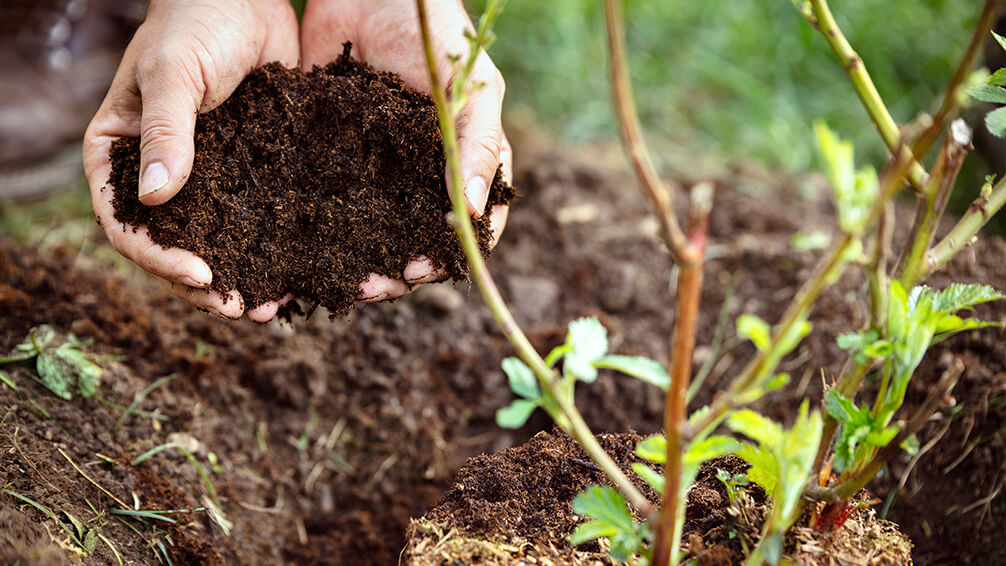
Methods of Tree Fertilization
Surface Application
The most common method is to spread fertilizer evenly on the soil surface around the tree’s drip line. This is simple and effective, especially for young trees with shallow root systems.
Deep Root Fertilization
Deep root fertilization involves injecting liquid fertilizer directly into the root zone. This method is particularly useful for mature trees or those in compacted soils, as it ensures the nutrients reach where they’re needed most.
Foliar Feeding
Applying a nutrient solution directly to the leaves through spraying is known as foliar feeding. This method allows for quick nutrient absorption and can be used as a supplement to regular soil fertilization.
Fertilizer Spikes
Fertilizer spikes are solid, pre-measured fertilizers that you insert into the ground around the tree. They release nutrients slowly over time and are convenient for gardeners looking for a low-maintenance option.
Step-by-Step Guide to Fertilizing Trees
Preparing the Tree and Soil
Before fertilizing, water the tree well and remove any debris or mulch around the base. This ensures the fertilizer can penetrate the soil effectively.
Applying Fertilizer Safely and Effectively
Follow the instructions on the fertilizer package carefully. For surface application, spread the fertilizer evenly under the tree’s canopy, avoiding direct contact with the trunk. For deep root fertilization, use a specialized injector to deliver the nutrients directly to the root zone.
Organic vs. Chemical Fertilization
Benefits of Organic Fertilizers
Organic fertilizers improve soil structure, encourage beneficial microorganisms, and reduce the risk of over-fertilization. They are an excellent choice for long-term tree health and sustainability.
Pros and Cons of Chemical Fertilizers
Chemical fertilizers provide quick results and are easy to apply, but they can lead to nutrient imbalances and may harm the environment if not used properly. They are best used when immediate nutrient delivery is needed, but with careful monitoring.
Common Fertilization Mistakes
Over-fertilization
Applying too much fertilizer can “burn” your tree’s roots, leading to nutrient imbalances and even tree death.
Incorrect Fertilizer Application
Using the wrong type of fertilizer or applying it at the wrong time can do more harm than good. Always choose the right product for your tree’s needs and apply it according to the season and growth stage.
The Impact of Fertilization on Tree Growth
Enhanced Growth and Vitality
Proper fertilization provides trees with the nutrients they need to grow strong and healthy. You’ll notice fuller foliage, stronger branches, and better overall vitality.
Increased Resistance to Pests and Diseases
Healthy, well-fertilized trees are better equipped to resist pests and diseases. They can also recover more quickly from damage caused by environmental stressors like drought or storms.
Evergreen Trees
Evergreens keep their foliage year-round and usually require a balanced fertilizer applied in late fall or early spring to support steady growth.

Fruit Trees
Fruit trees often require specialized fertilizers that support both growth and fruit production. Fertilizing in early spring and again after fruiting can help maximize yield.
Environmental Considerations
Minimizing Fertilizer Runoff
Excess fertilizer can wash into waterways, causing pollution. To minimize runoff, use slow-release
